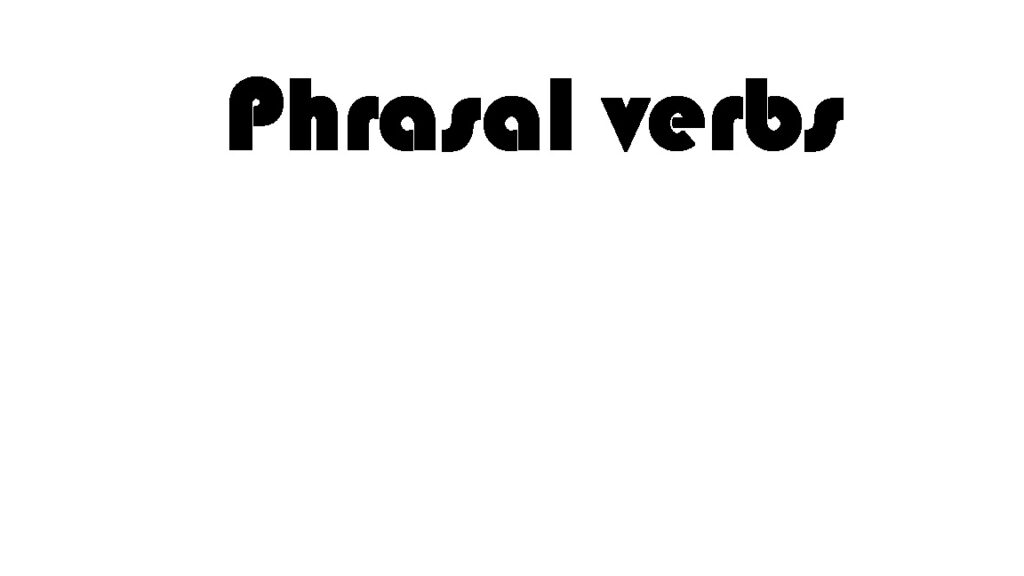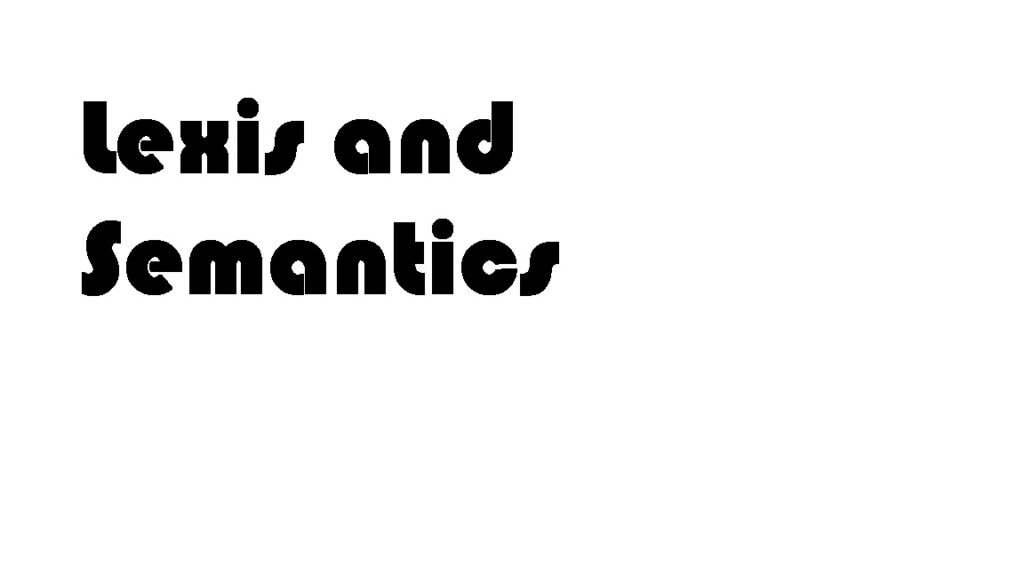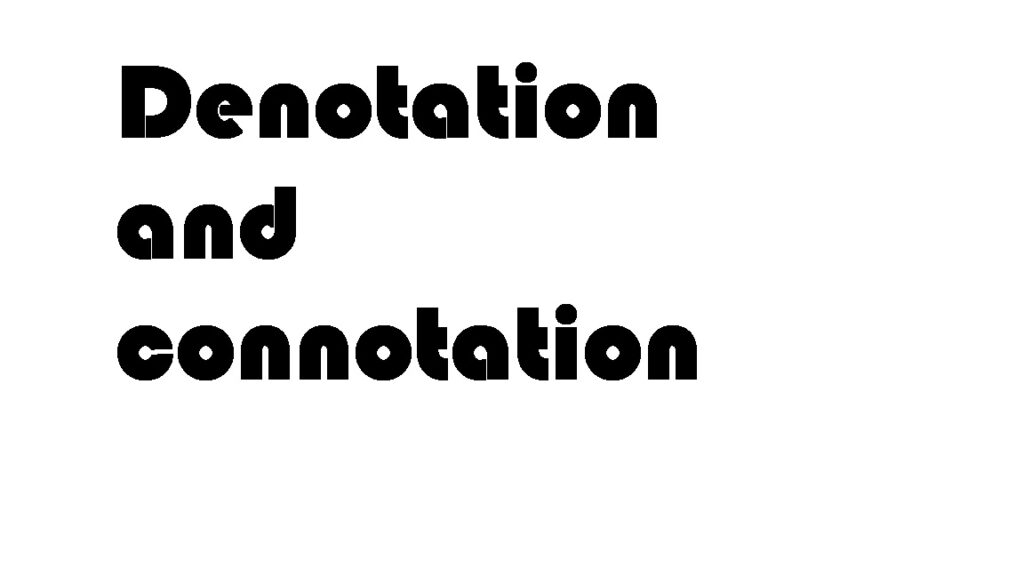prepare for the Science section ( ACT)
To prepare for the Science section of the ACT, it’s important to have a solid understanding of scientific concepts and processes. The Science section assesses your ability to interpret and analyze scientific information, rather than testing specific scientific knowledge. However, a strong foundation in the following areas can be helpful: Basic scientific principles: Familiarize yourself […]
prepare for the Science section ( ACT) Read More »







